3 Ways to Experience Sumo
Sumo is one of Japan’s most iconic traditions—rich in ritual, history, and national pride. Whether you’re a first-time visitor or a repeat traveler, there are several ways to experience sumo, each offering unique perspectives and levels of engagement. In this article, we introduce three meaningful ways to connect with the world of sumo.
Understanding Sumo as a Cultural Tradition
To the Japanese, sumo is not just a competition—it is a spiritual and cultural expression. Rooted in Shinto rituals, sumo dates back over a thousand years and was originally performed as an offering to the gods. Even today, matches begin with salt purification and symbolic stomping to drive away evil spirits.
Sumo embodies values such as discipline, respect, and community, which continue to resonate in modern Japanese society. Recognizing sumo as a cultural tradition rather than just a sport allows you to appreciate the deeper significance behind every bout, gesture, and ceremony.
1. Experience Sumo Through a Professional Tournament
Attending a live tournament is perhaps the most direct way to experience sumo. Japan holds six grand tournaments annually, with three taking place at Ryōgoku Kokugikan in Tokyo, the spiritual home of sumo. The venue’s atmosphere is electric—spectators cheer as top-ranked rikishi battle it out on the ring in full ceremonial style.
A tournament visit gives you the chance to witness the true power, skill, and ritual of sumo at its highest level. It’s a dynamic and impressive experience, especially for those who appreciate grand sports events.
However, understanding the ranking system and rules in advance can significantly enhance your enjoyment—without context, the action may feel repetitive to first-time viewers. Also, tickets often sell out, especially during popular dates, so planning ahead is essential.
2. Visiting a Practice – Get Close to the Spirit of Sumo
For a more intimate experience, observing a morning practice session (keiko) at a sumo stable offers a rare behind-the-scenes glimpse into the daily lives of wrestlers. Unlike tournaments, these sessions focus on discipline, routine, and endurance—key elements of a rikishi’s training.
You’ll be seated close to the ring, where you can hear every breath, feel the intensity, and witness raw physicality up close. This makes it the most immersive and emotional way to understand the effort behind the sport.
Keep in mind that practice sessions typically start very early in the morning, and most stables do not allow visitors during tournament periods. Also, as training follows a repetitive structure, it may not include dramatic bouts, but rather drills and routines.

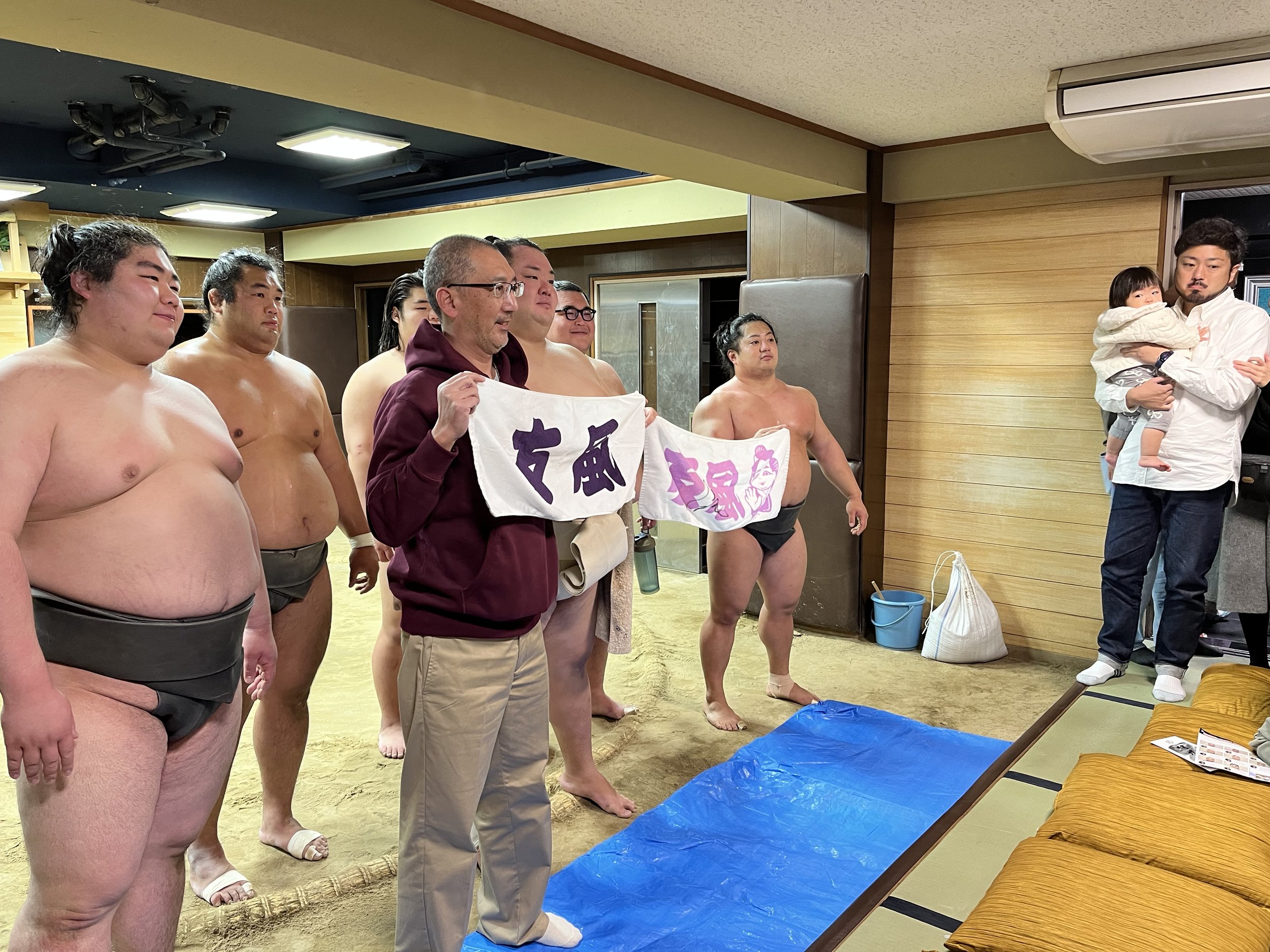

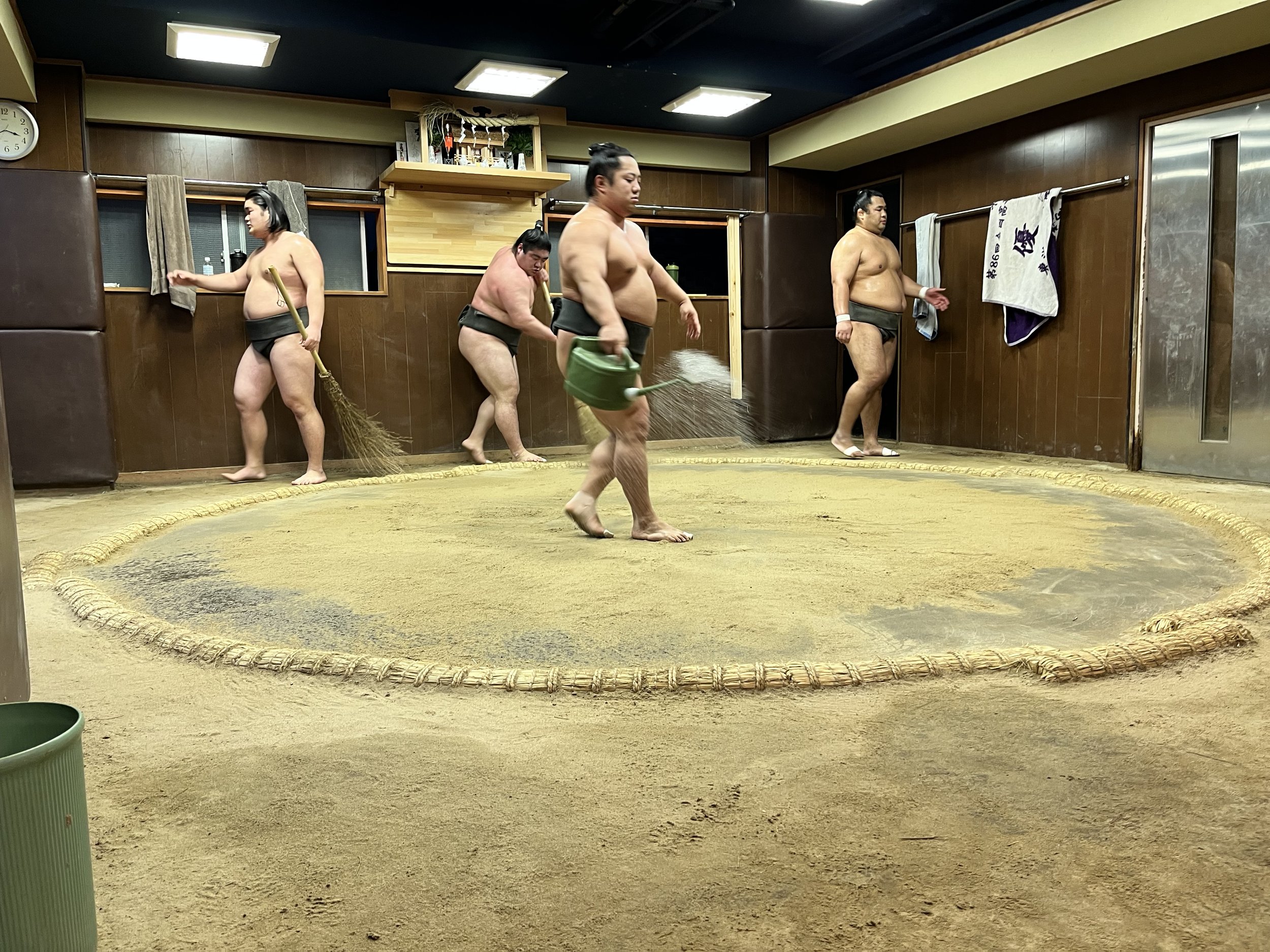
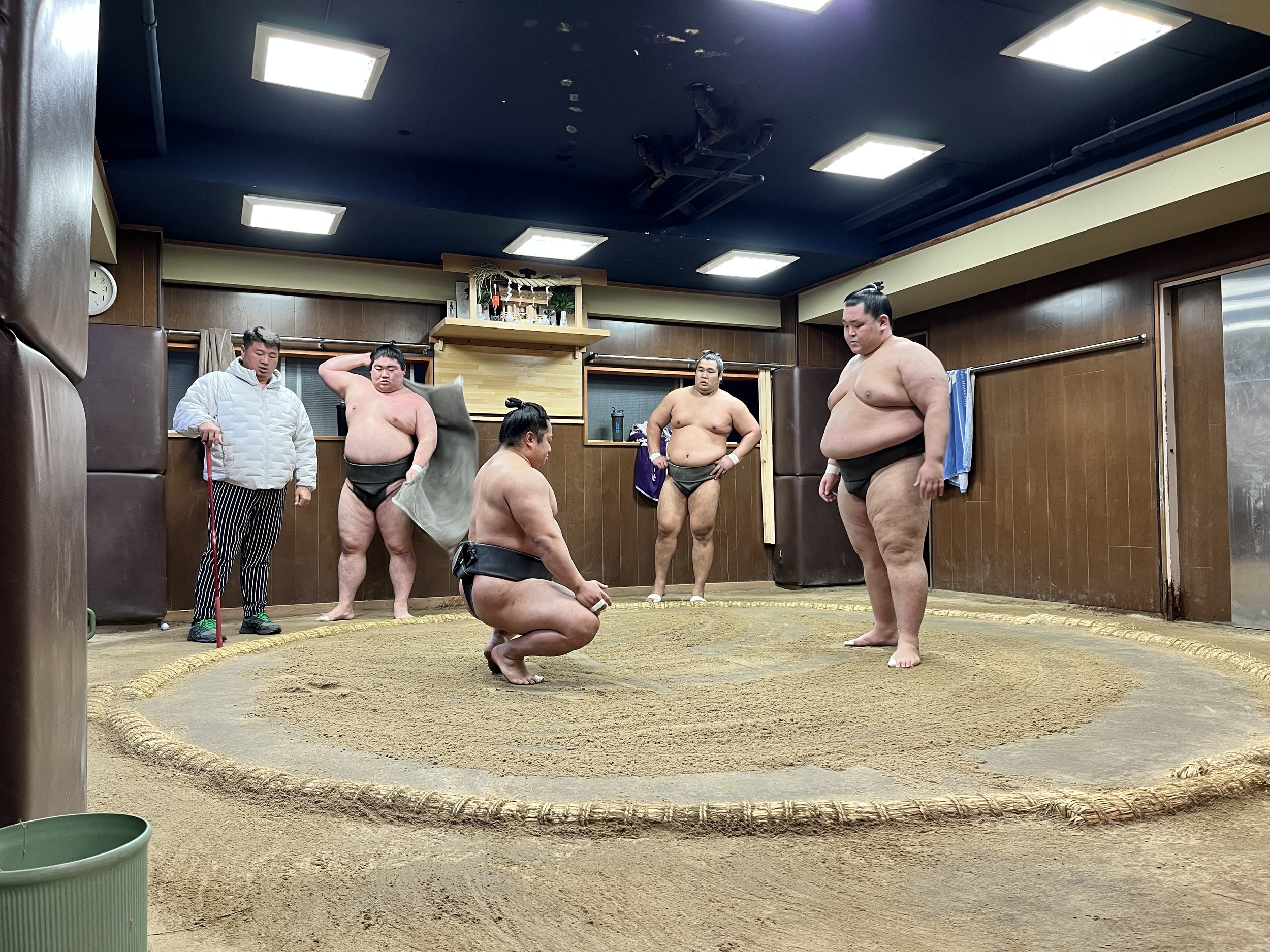
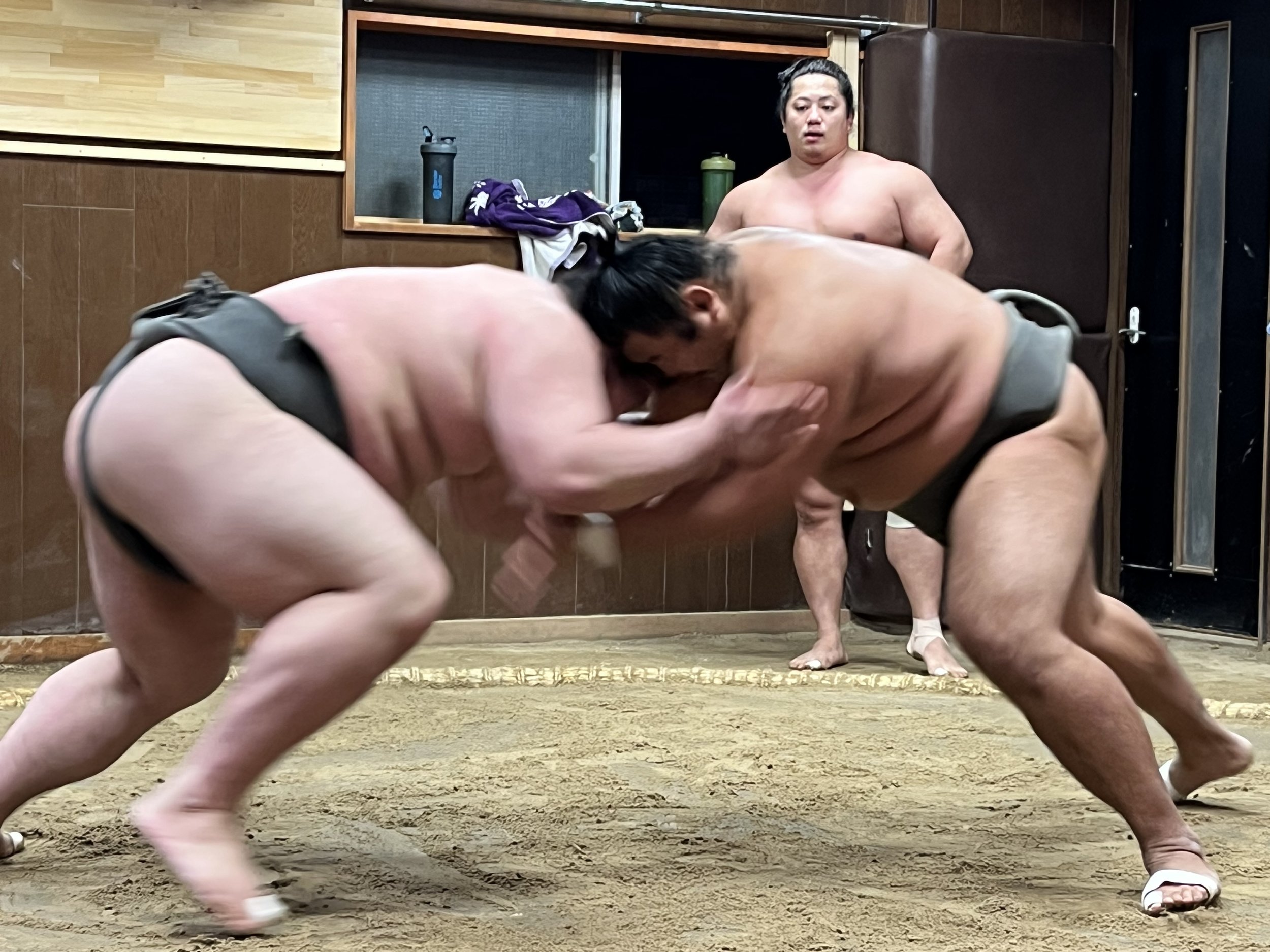
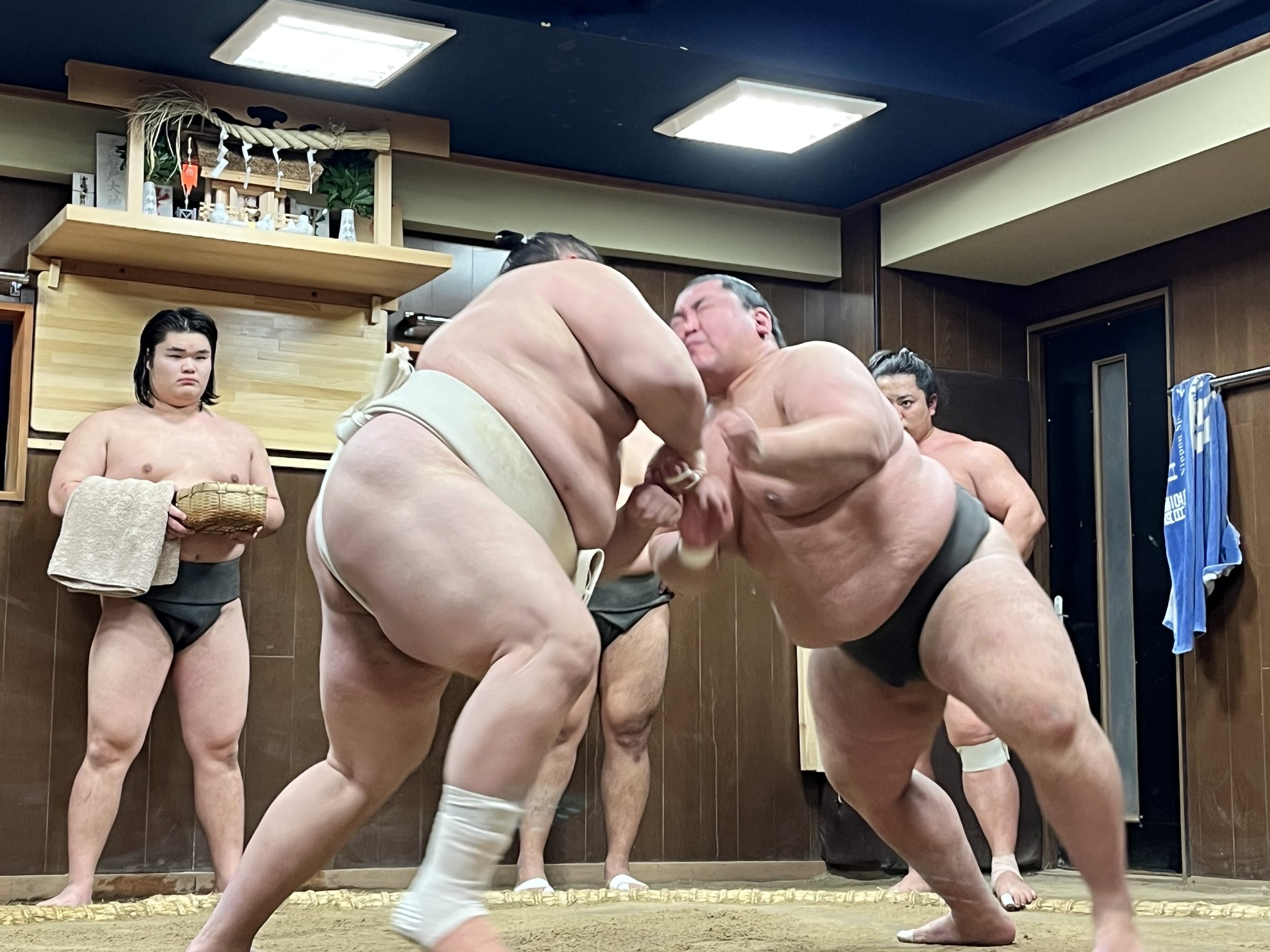

3. Enjoying a Sumo Show at a Themed Restaurant – Cultural Fun with a Twist
For those seeking a more entertaining and flexible experience, several themed restaurants in Tokyo offer sumo performances as part of the dining experience. These venues feature a real dohyo (sumo ring), where retired wrestlers perform demonstrations, interact with guests, and explain sumo in a light-hearted, engaging way.
You can enjoy a meal, try a mock match, and even take photos with the wrestlers. This is especially enjoyable for families, groups, or those with limited time—shows are typically short and easy to add to your itinerary. The performers’ humorous explanations also make the experience accessible and fun, even for children or visitors unfamiliar with the sport.
Do note that the wrestlers in these shows are usually retired professionals, so their physique or hair may differ from what you’d expect in a tournament—but their charisma and passion remain very real.



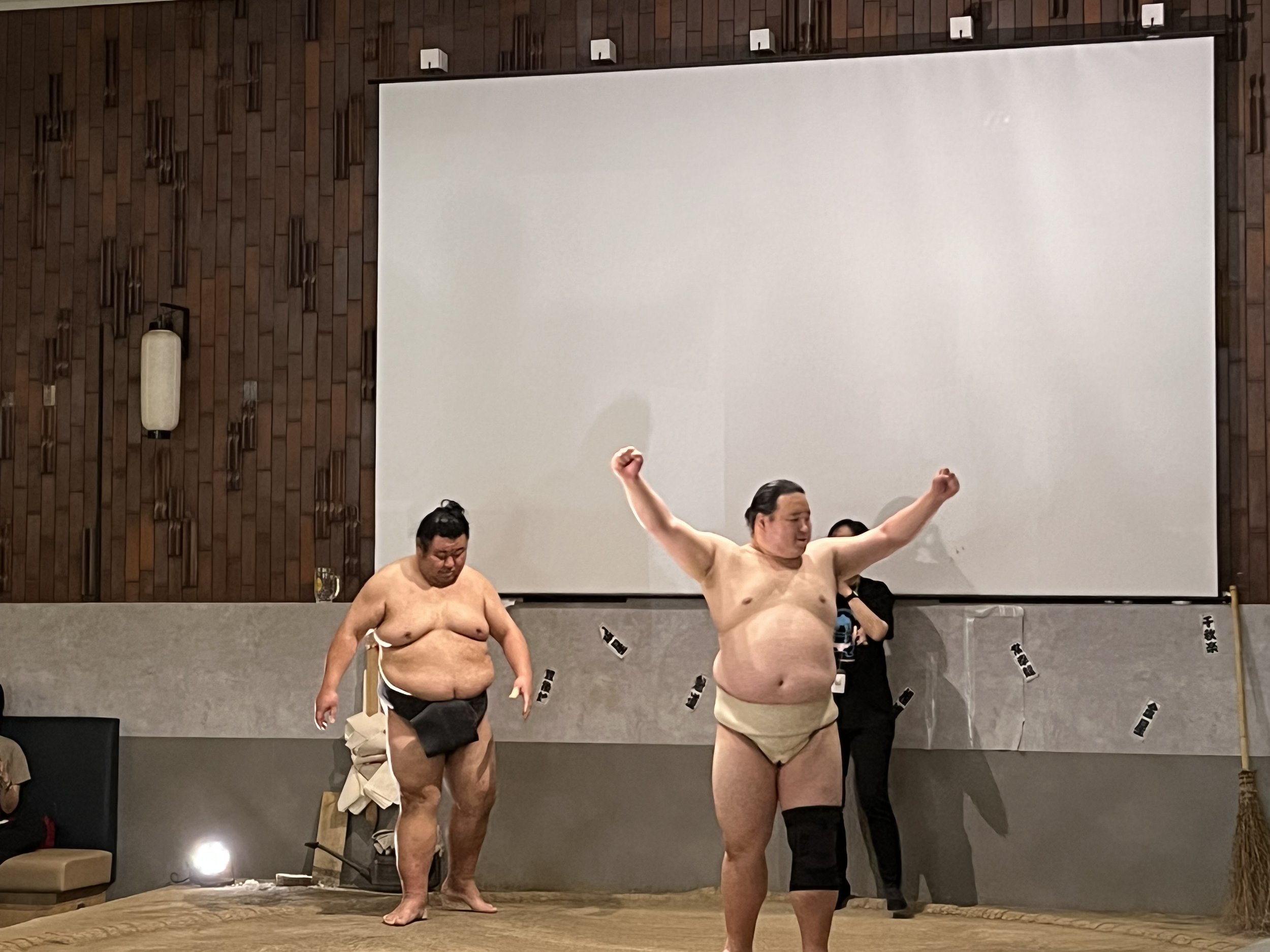
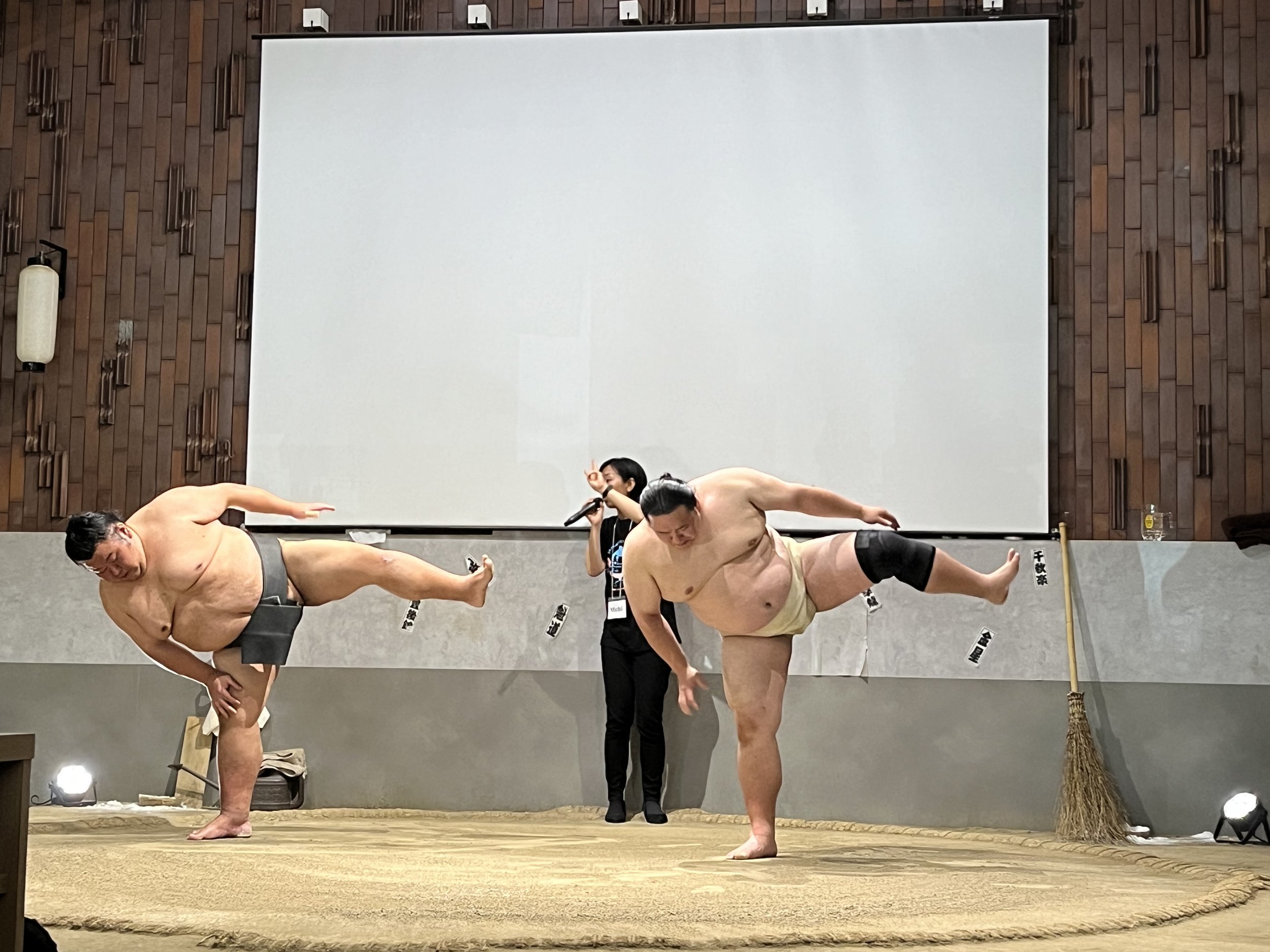
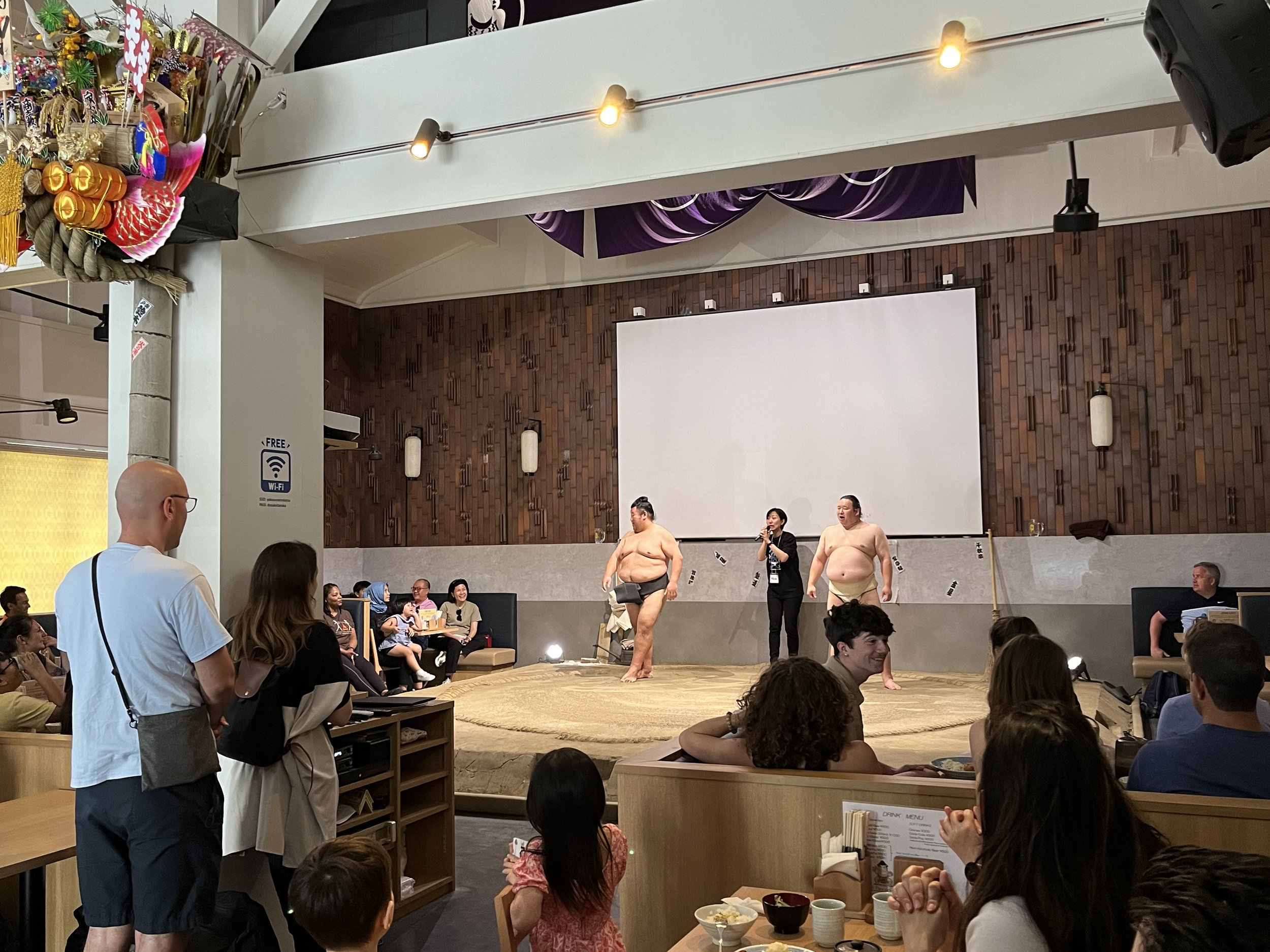
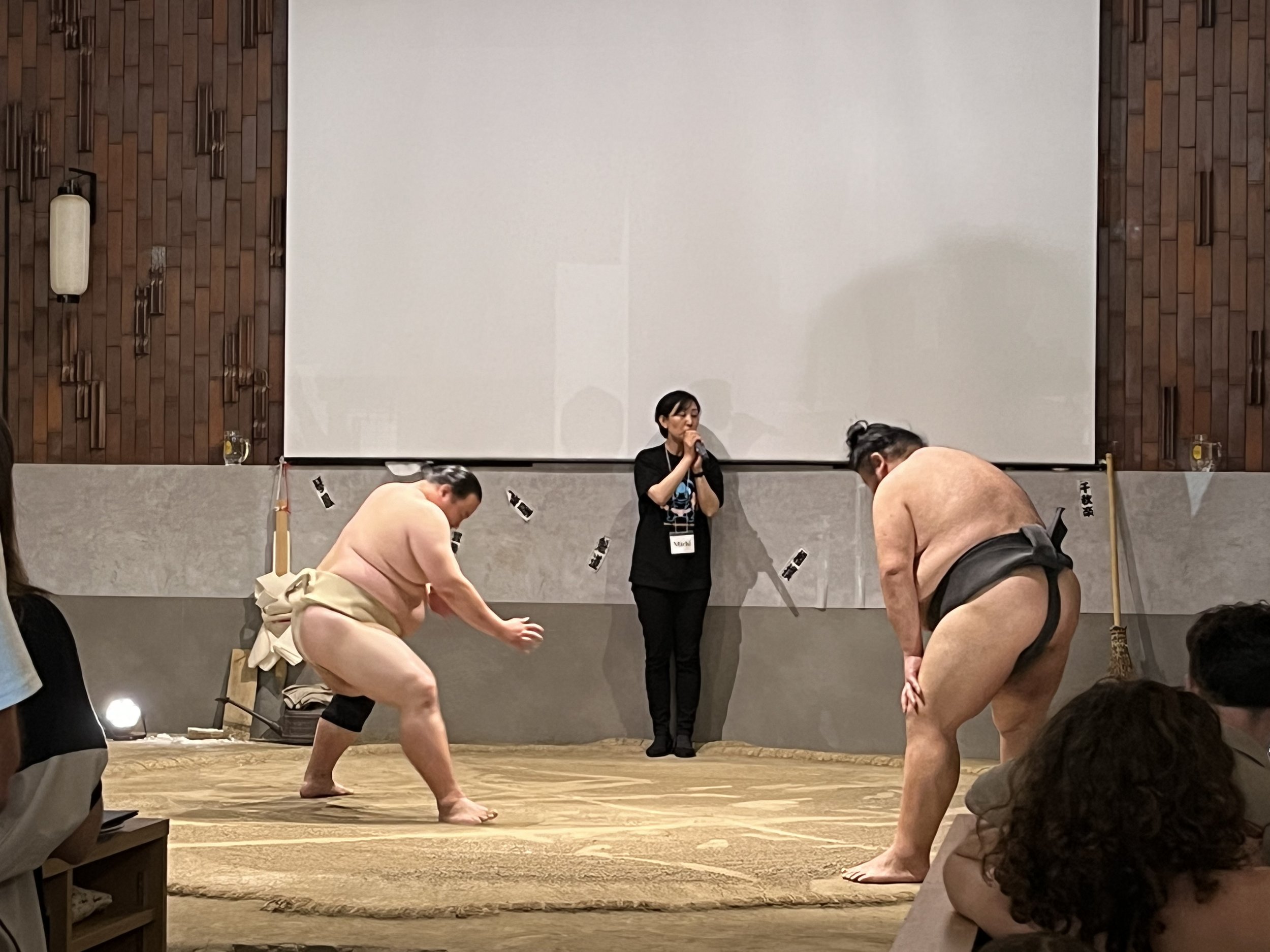
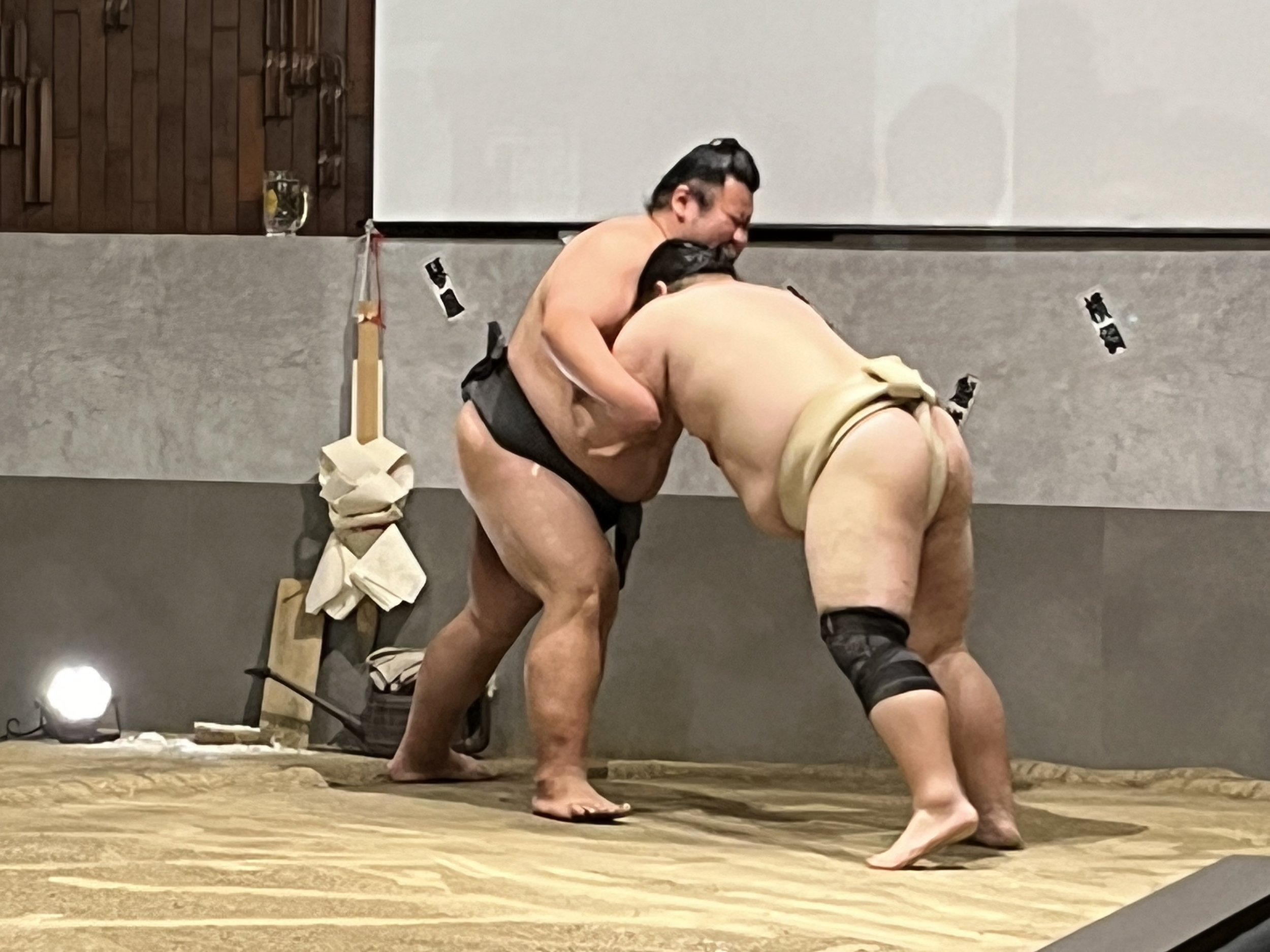
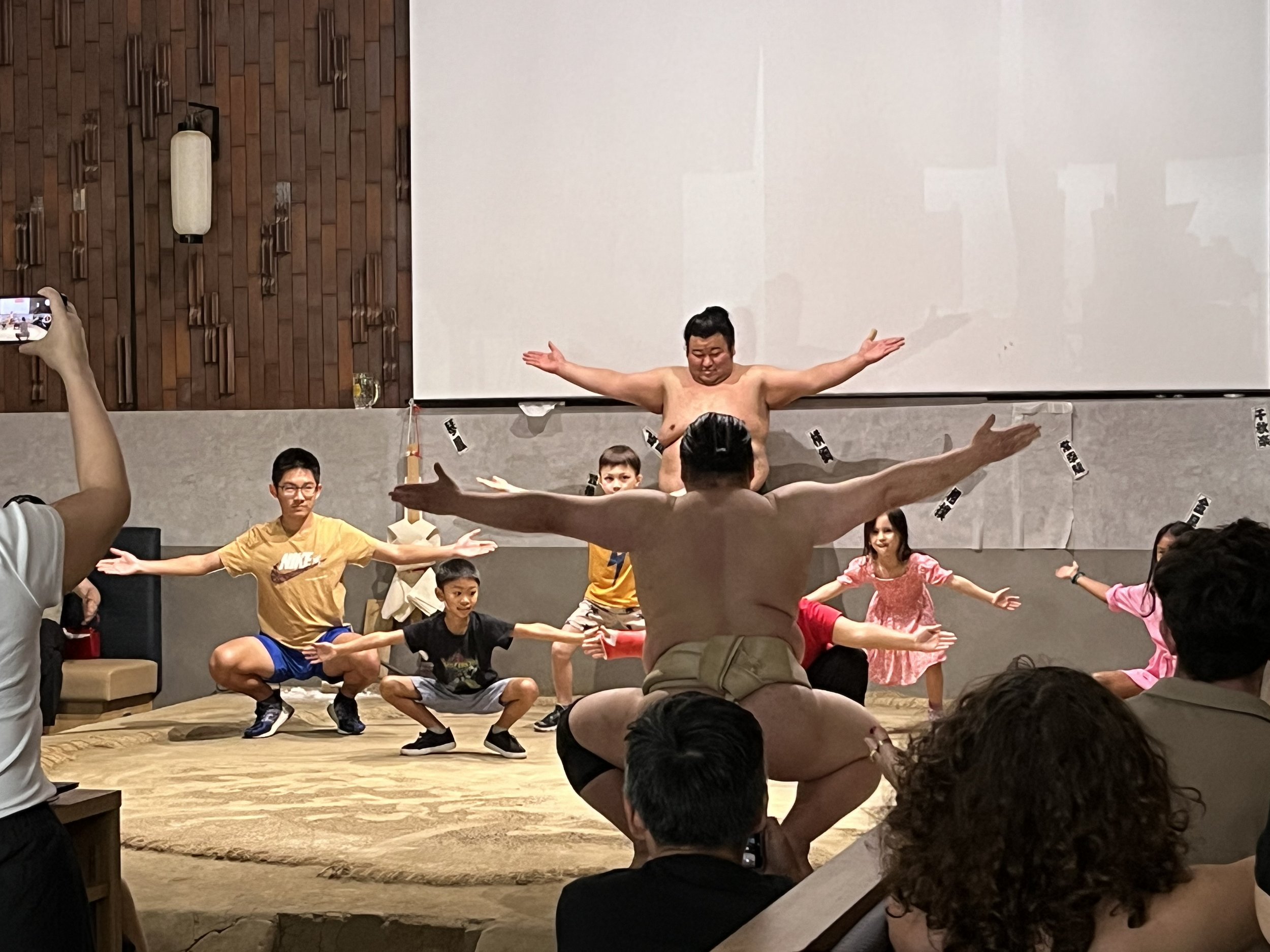
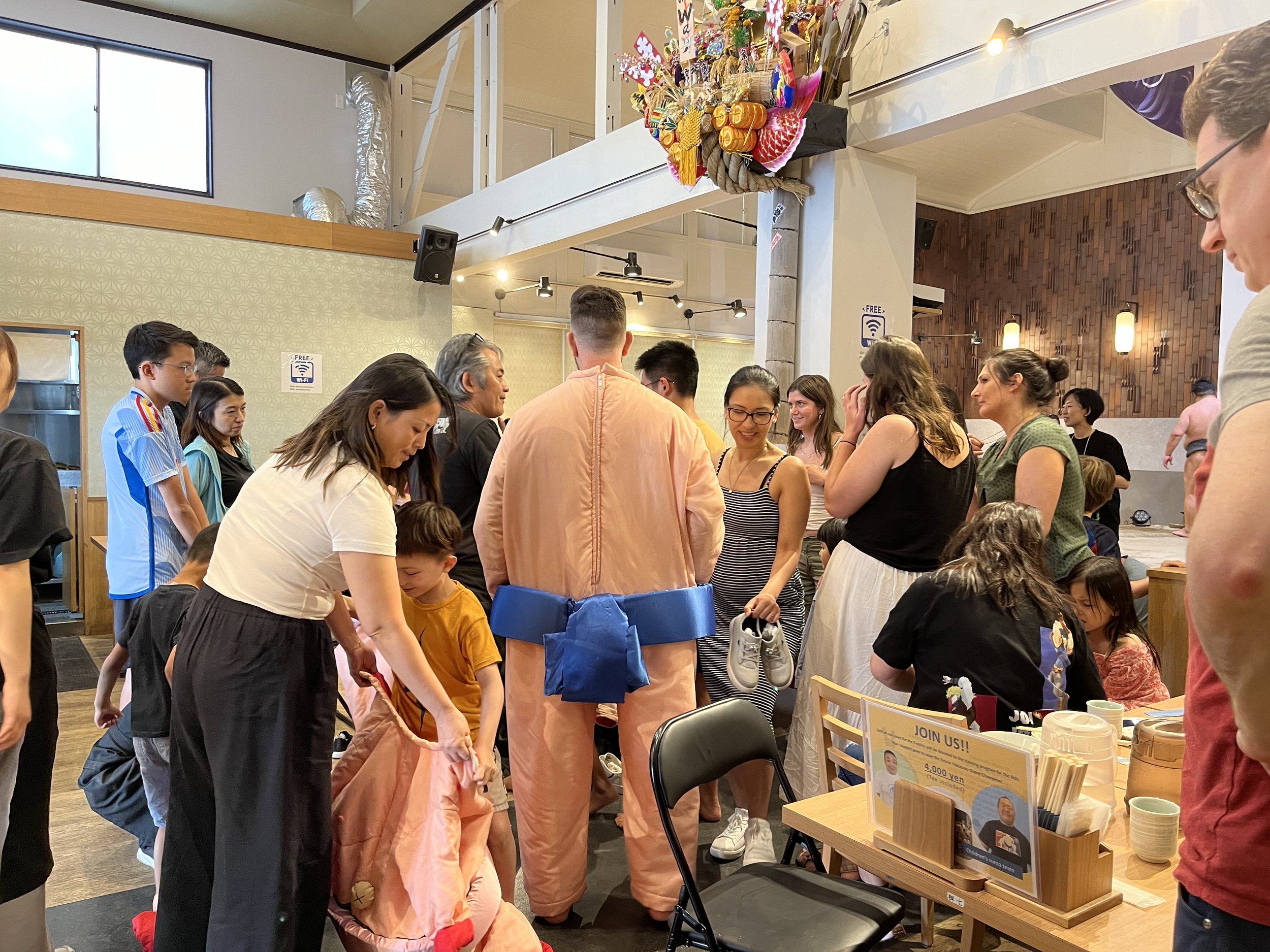

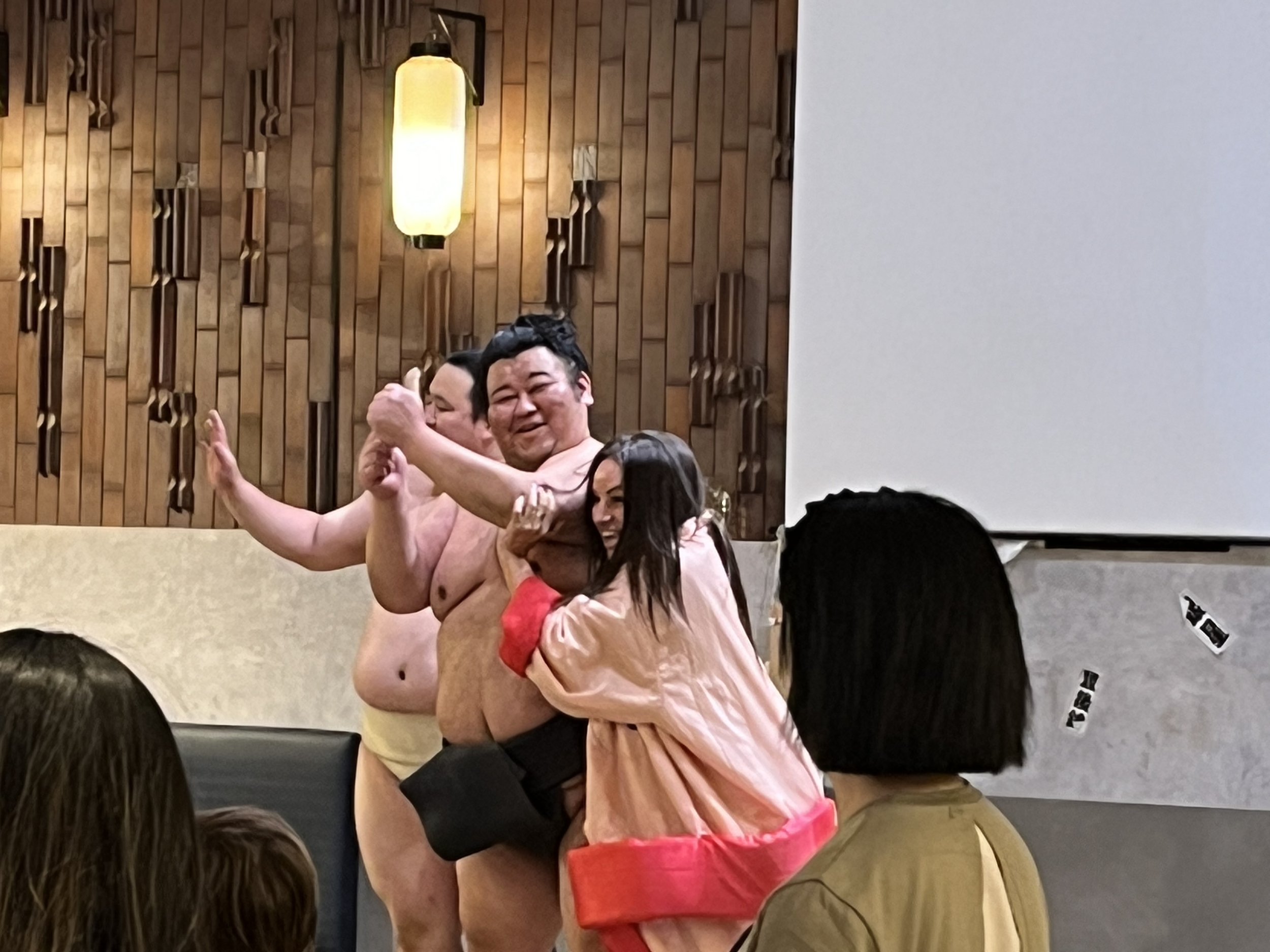
Conclusion: Which Way is Best?
Each option offers a different entry point into the world of sumo. But if we had to recommend just one, morning practice offers the most authentic, up-close experience—perfect for those looking to connect deeply with Japanese culture.
Our team can help arrange exclusive access to sumo stables, including rare opportunities for afternoon visits, which are ideal for travelers with tight schedules. Whether you're curating a cultural program, planning a VIP visit, or just curious about Japan’s national sport, we're here to make your sumo experience unforgettable.

